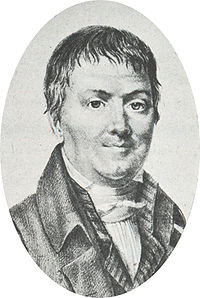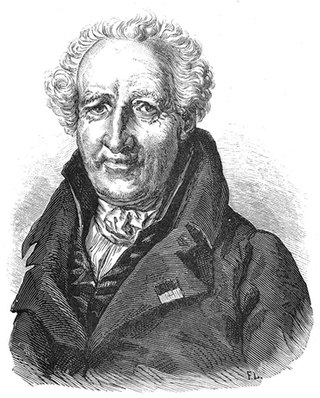
Antoine Laurent de Jussieu was a French botanist, notable as the first to publish a natural classification of flowering plants; much of his system remains in use today. His classification was based on an extended unpublished work by his uncle, the botanist Bernard de Jussieu.

The Jardin des Plantes, also known as the Jardin des Plantes de Paris when distinguished from other jardins des plantes in other cities, is the main botanical garden in France. Jardin des Plantes is the official name in the present day, but it is in fact an elliptical form of Jardin Royal des Plantes Médicinales, which is related to the original purpose of the garden back in the 17th century.

Adolphe-Théodore Brongniart FRS FRSE FGS was a French botanist. He was the son of the geologist Alexandre Brongniart and grandson of the architect, Alexandre-Théodore Brongniart. Brongniart's pioneering work on the relationships between extinct and existing plants has earned him the title of father of paleobotany. His major work on plant fossils was his Histoire des végétaux fossiles (1828–37). He wrote his dissertation on the Buckthorn family (Rhamnaceae), an extant family of flowering plants, and worked at the Muséum national d'Histoire naturelle in Paris until his death. In 1851, he was elected a foreign member of the Royal Swedish Academy of Sciences. This botanist is denoted by the author abbreviation Brongn. when citing a botanical name.

The French National Museum of Natural History, known in French as the Muséum national d'histoire naturelle, is the national natural history museum of France and a grand établissement of higher education part of Sorbonne University. The main museum, with four galleries, is located in Paris, France, within the Jardin des Plantes on the left bank of the River Seine. It was formally founded in 1793, during the French Revolution, but was begun even earlier in 1635 as the royal garden of medicinal plants. The museum now has 14 sites throughout France.
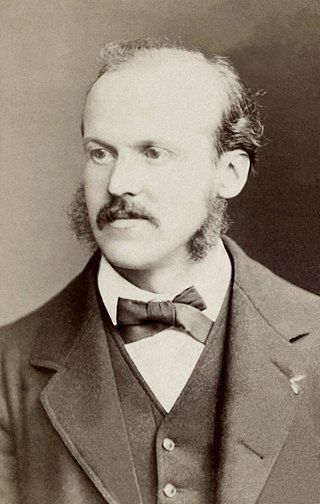
Alphonse Milne-Edwards was a French mammalogist, ornithologist, and carcinologist. He was English in origin, the son of Henri Milne-Edwards and grandson of Bryan Edwards, a Jamaican planter who settled at Bruges.
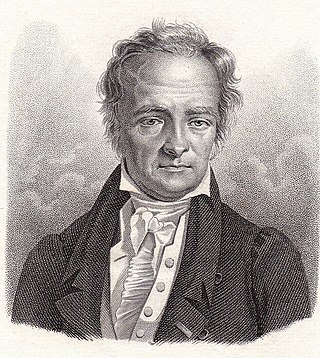
Louis Augustin Guillaume Bosc was a French botanist, invertebrate zoologist, and entomologist.

Viscount Alexandre Henri Gabriel (vicomte) de Cassini was a French botanist and naturalist, who specialised in the sunflower family (Asteraceae).
Jean Baptiste Antoine Guillemin was a French botanist.

Louis Édouard Bureau was a French physician and botanist.
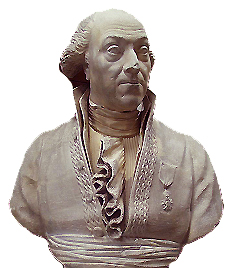
Philippe-Isidore Picot de Lapeyrouse or La Peirouse, Baron de Lapeyrouse was a French naturalist.
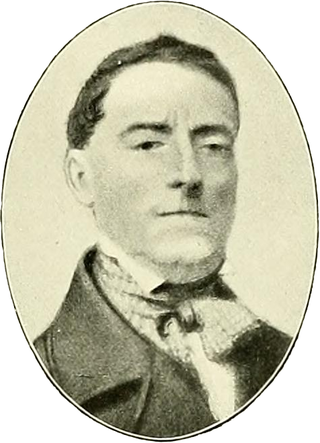
Édouard Spach was a French botanist. The standard author abbreviation Spach is used to indicate this person as the author when citing a botanical name.
Jean-Henri Humbert was a French botanist born in Paris.
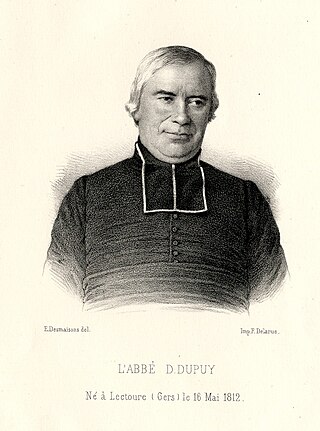
Dominique Dupuy was a French botanist and malacologist.
Hippolyte Hanry was a French botanical collector and taxonomist.
Dominique Pierrat was a French naturalist, known for botanical and zoological investigations of Vosges.
Raymond Benoist was a French botanist and entomologist. He is known for his research involving the plant family Acanthaceae.
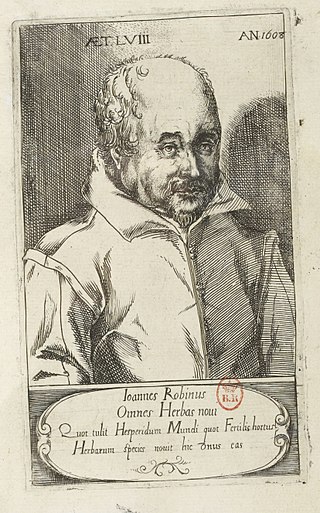
Jean Robin, was a French herbalist. The standard author abbreviation J.Robin is used to indicate this person as the author when citing a botanical name.
Robert Virot, was a French botanist.

Étienne Denisse was a French botanical artist, lithographer, botanist and horticulturist. The standard author abbreviation Denisse is used to indicate this person as the author when citing a botanical name.

The Natural History Museum of Grenoble is a municipal museum founded in 1851, in Grenoble, France. Since the opening of the building in 1855, it presents to the public a rich natural heritage, in particular alpine heritage. The museum houses a collection of one and a half million objects and specimens in the disciplines of botany, zoology, geology and even ethnology. Facades and roofs on the edge of the Jardin des Plantes have been listed as historical monuments since January 24, 1944.
